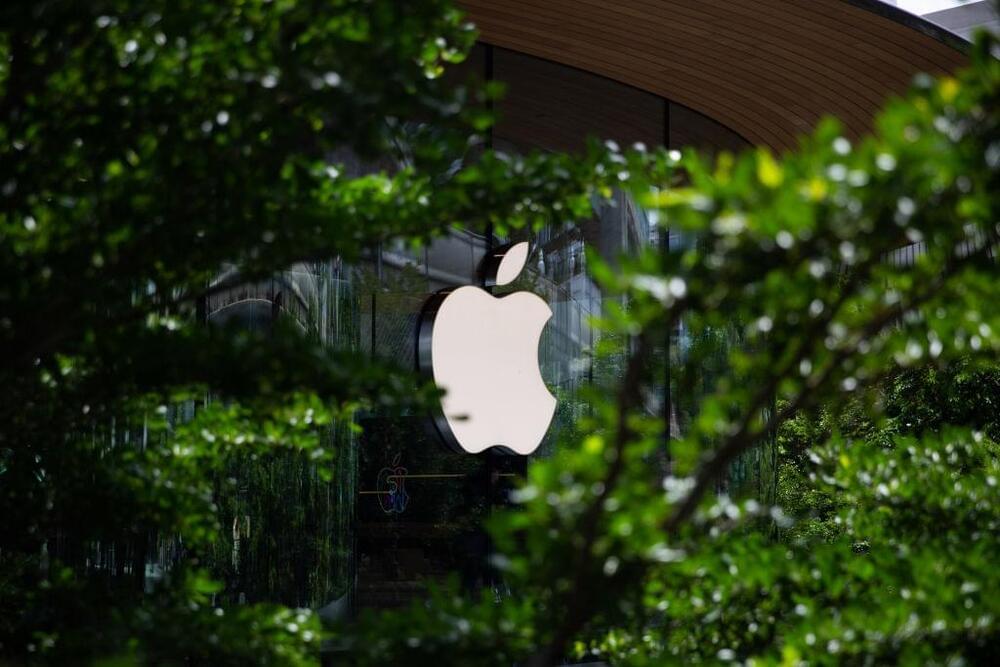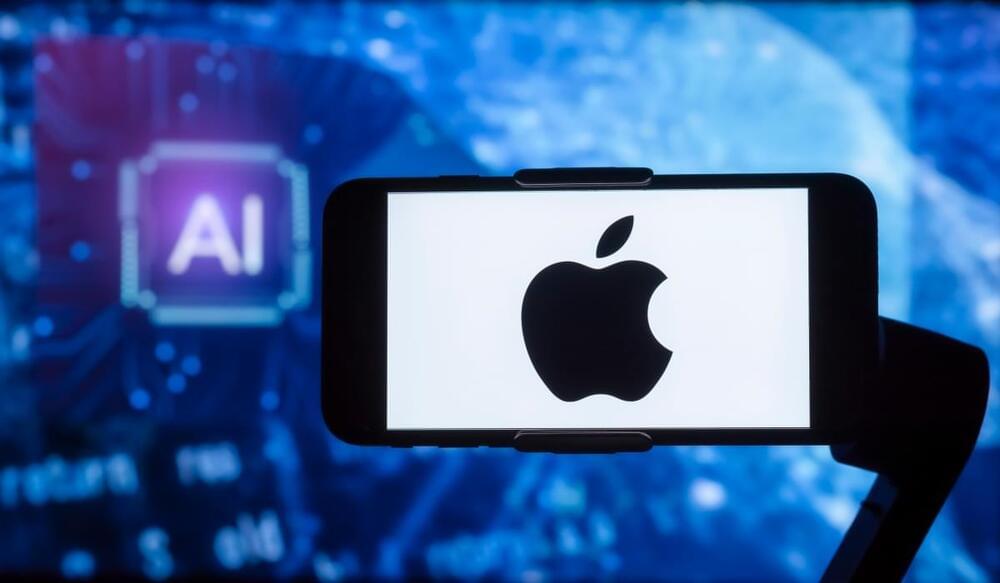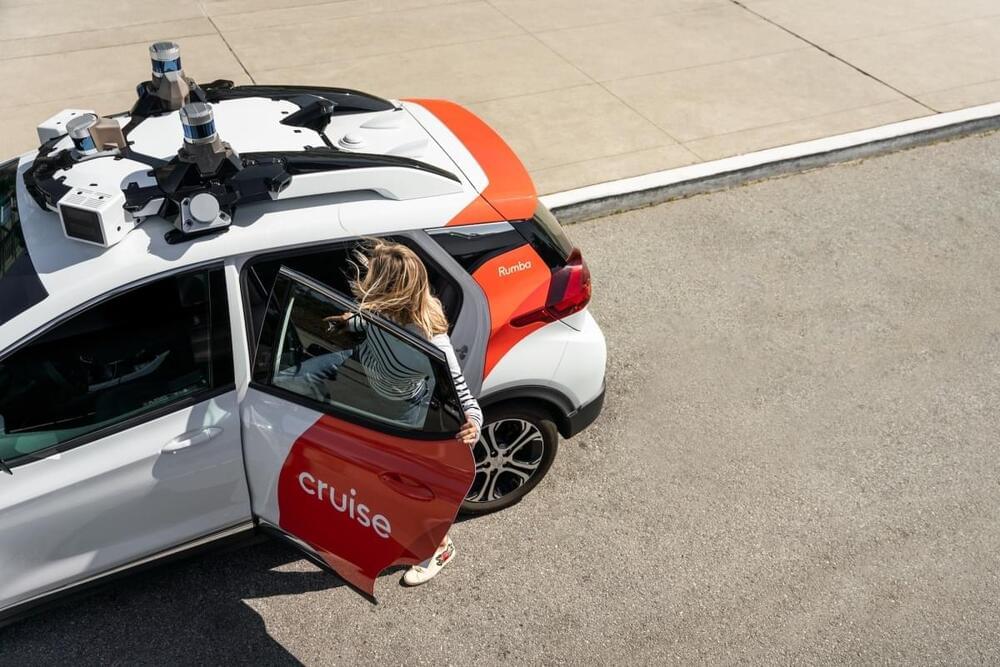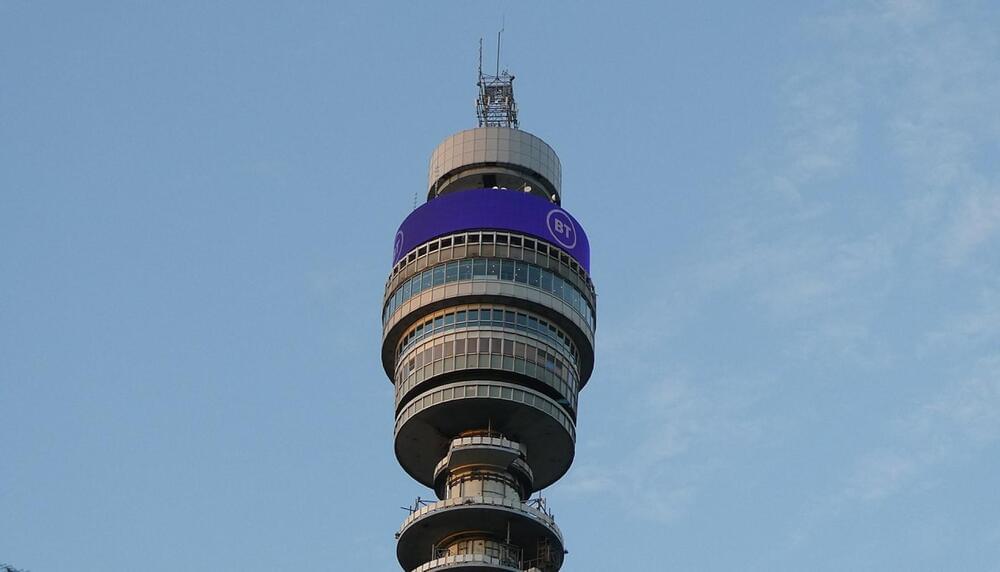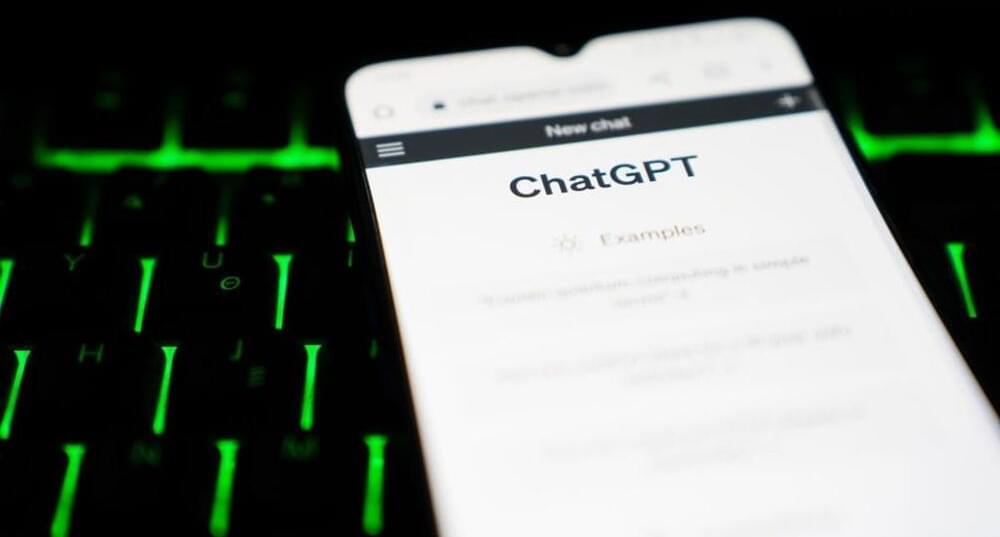As big tech companies are in a fierce race with each other to build generative AI tools, they are being cautious about giving their secrets away. In a move to prevent any of its data from ending up with competitors, Apple has restricted internal use of tools like OpenAI’s ChatGPT and Microsoft-owned GitHub’s Copilot, a new report says.
According to The Wall Street Journal, Apple is worried about its confidential data ending up with developers who trained the models on user data. Notably, OpenAI launched the official ChatGPT app on iOS Thursday. Separately, Bloomberg reporter Mark Gurman tweeted that the chatbot has been on the list of restricted software at Apple for months.
I believe ChatGPT has been banned/on the list of restricted software at Apple for months. Obviously the release of ChatGPT on iOS today again makes this relevant.
